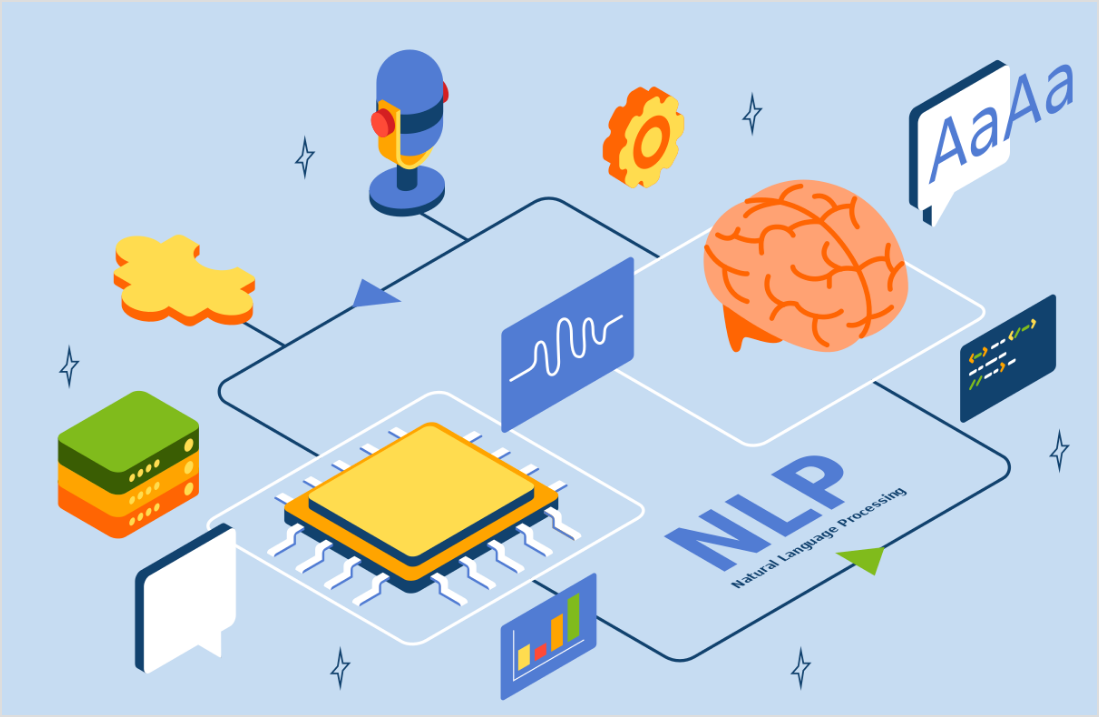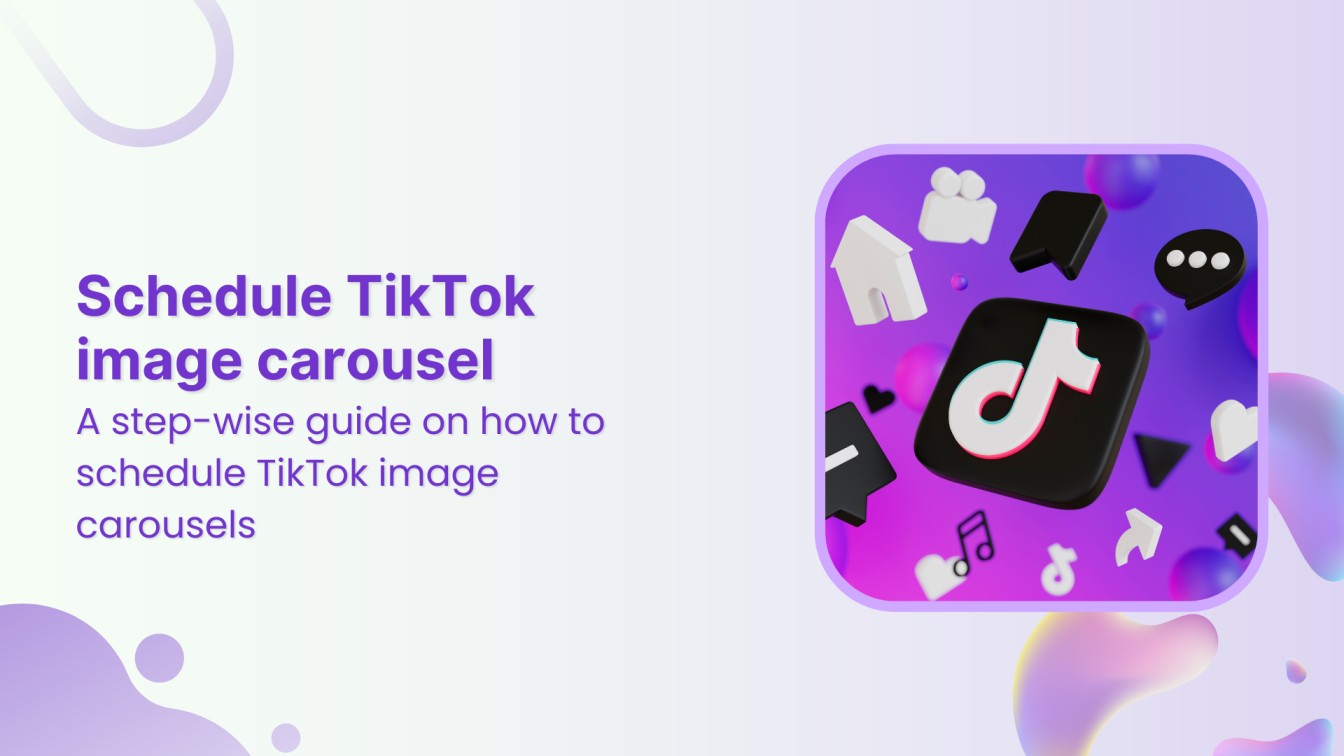Semantic search is like a clever search engine that understands what you mean, not just the words you type. It helps you find the correct information by figuring out your intent, even if you don’t use exact keywords. Wondering how semantic search works?
For example, if you type “Tell me about penguins,” the search engine knows that you want information about those cute birds that live in cold places, not some other things named “Penguins.”
Experience organized workflow with a unified social media management platform for agencies.


How does semantic search work?
Semantic search works by using (NLP) natural language process and machine learning to understand the context and semantics of the query and the documents. It is a clear and robust method for improving search quality. That’s how it works.
1. Natural Language Processing (NLP):
NLP is a critical component of semantic search. It involves using algorithms and models to process and understand human language. NLP techniques are used to analyze the search query and the content of documents to extract meaning and context.



2. Query analysis:
When someone types a search question, the semantic search system breaks down the query into constituent parts, such as keywords, phrases, and entities. It also identifies the relationships between these elements to understand the user’s intent.
Also, monitor and analyze your social media performance!



3. Entity recognition:
Entities are specific pieces of information, such as people, places, organizations, or dates. Semantic search identifies and extracts entities from the query and the documents to improve understanding. For example, if a user searches for “Einstein’s theory of relativity,” the system can recognize “Einstein” as a person and “theory of relativity” as a concept.



4. Document analysis:
Semantic search also analyzes the content of documents in its index. It identifies entities, concepts, and relationships within the documents, allowing the system to build a semantic representation of the content.



5. Relevance ranking:
To deliver appropriate results, the system assigns a significant score to each document, relying on its comprehension of both the query and its semantics. Documents that closely match the semantic intent of the query are ranked higher in the search results.



6. User feedback and learning:
Semantic search systems can also learn from user interactions and feedback to improve their understanding of user intent and refine their search results.



Semantic search is valuable for complex searches like medical information, legal documents, research, and e-commerce, improving accuracy and personalization.
FAQs
What is the process of semantic search?
Semantic search involves understanding the meaning of search queries and the content of documents using natural language processing, entity recognition, and semantic understanding to provide more accurate and relevant results.
How does Google do a semantic search?
Google uses a combination of algorithms, including BERT (Bidirectional Encoder Representations from Transformers), to understand the context and intent of search queries and the content of web pages for semantic search.
Khadija Anwar
Meet Khadija Anwar, an accomplished tech writer with over 500 published write-ups to her name. Her impressive portfolio can be found on the ContentStudio blog, LinkedIn, and the Fiverr platform.






